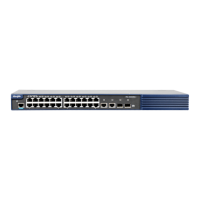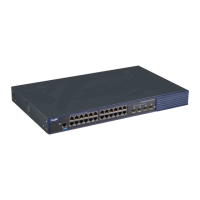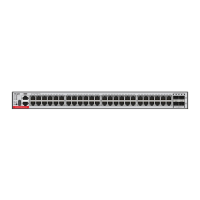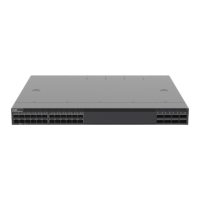Command Reference DHCP Commands
The DHCP server carries out the statistics counter, records the DHCP address pool, automatic
binding, manual binding and expired binding. Furthermore, it also carries out the statistics to the
number of sent and received DHCP messages. The clear ip dhcp server statistics command can
be used to delete the history counter record and carry out the statistics starting from scratch.
The following example clears the statistics record of the DHCP server.
clear ip dhcp server statistics
show ip dhcp server statistics
Displays the statistics record of the DHCP server.
Use this command to define the unique ID of the DHCP client (indicated in hex, separated by dot) in the
DHCP address pool configuration mode. Use the no form of this command to restore the default
setting.
client-identifier unique-identifier
The DHCP client ID is indicated in hex and separated by dot, for instance,
0100.d0f8.2233.b467.6967.6162.6974.4574.6865.726e.6574.302f.31.
DHCP address pool configuration mode.
When some DHCP clients request the DHCP server to assign IP addresses, they use their client IDs
rather than their hardware addresses. The client ID consists of media type, MAC addresses and
interface name. For instance, the MAC address is 00d0.f822.33b4, the interface name is
GigabitEthernet 0/1, and the corresponding client ID is
0100.d0f8.2233.b467.6967.6162.6974.4574.6865.726e.6574.302f.31, where, 01 denotes the type of
the Ethernet media.
The 67.6967.6162.6974.4574.6865.726e.6574.302f.31 is the hex code of GigabitEthernet0/1. For the
definition of the media code, refer to the Address Resolution Protocol Parameters section in RFC1700.
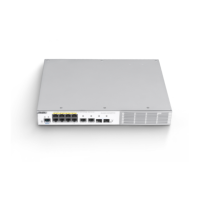
